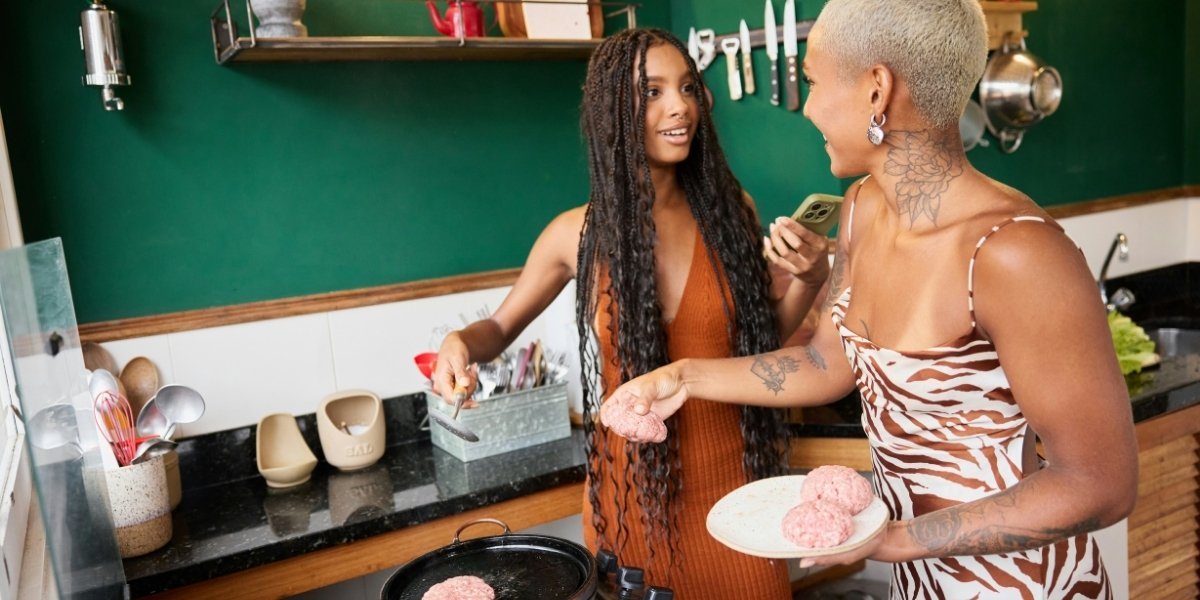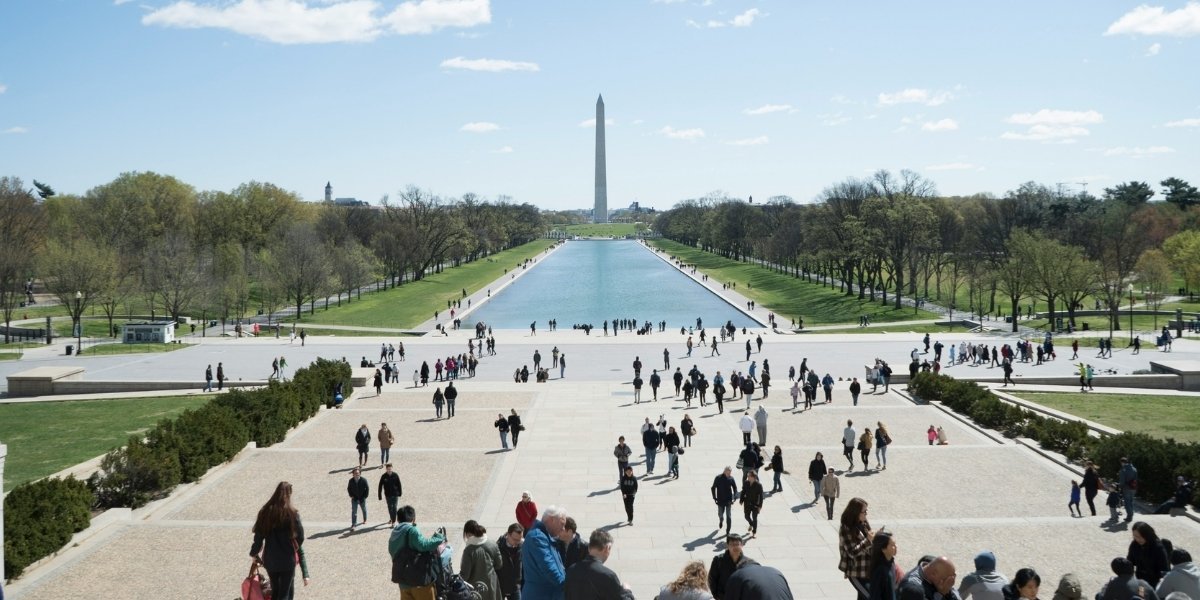Black Women-Owned Salons: Culture, Economy, and Community Pillars
Black women-owned salons are far more than places for hairstyling—they serve as vital cultural hubs, economic anchors, and community builders. These salons carry rich histories and continue to play multifaceted roles in Black communities across the United States. Exploring their significance reveals how these spaces contribute not only to beauty and fashion but also to cultural identity, entrepreneurship, and social cohesion.
Read Also: The Empowering Journey of Black Women in Business: Overcoming Obstacles and Creating Change
How Black Women-Owned Salons Serve as Cultural Hubs
Black women’s salons have long been sanctuaries of cultural expression and heritage. They are spaces where stories are shared, traditions are upheld, and identities affirmed. These salons reflect the diverse textures, styles, and histories of Black hair culture, offering more than grooming—they offer connection.
In salons, conversations often touch on current events, social issues, and personal experiences, making them centers of information exchange. Cultural experts recognize salons as informal forums where knowledge is passed down across generations. Hairstyles themselves often carry symbolic meaning, connecting individuals to their roots and community pride.
Many salons host events celebrating Black culture, further reinforcing their role as gathering places that foster cultural preservation and innovation. The experience of visiting a Black women-owned salon transcends haircare; it is an affirmation of cultural identity.
Economic Impact of Black Women-Owned Salons
Beyond culture, Black women-owned salons are significant economic drivers. These businesses provide employment opportunities and support entrepreneurship within communities. Many salon owners invest in local neighborhoods, contributing to economic stability and growth.
Black women entrepreneurs face systemic barriers in accessing capital and resources, yet they continue to launch and sustain thriving salons. Industry analysts highlight salons as some of the most resilient Black-owned businesses, adapting to changing markets while maintaining strong customer loyalty.
These salons often act as incubators for talent, training aspiring stylists and beauticians. This mentorship role builds skills and careers, expanding economic opportunities beyond the salon doors.
The economic footprint of Black women-owned salons extends beyond direct employment. They attract customers who frequent other local businesses, creating ripple effects that benefit broader community commerce.
Salons as Community Builders and Safe Spaces
Black women-owned salons foster deep community connections. They serve as safe spaces where clients feel understood and supported, not just as customers but as members of a shared cultural experience. This sense of belonging helps combat social isolation and builds social capital.
Sociologists point to salons as key sites of community engagement. Regular visits create enduring relationships, turning salons into informal support networks. During challenging times, salons have offered emotional refuge and solidarity, addressing issues from mental health to racial justice.
Many salons actively participate in community initiatives, partnering with nonprofits and organizing events that promote education, health, and empowerment. Their role extends well beyond business, making them pillars of community resilience.
The Role of Innovation and Adaptation in Salon Success
Black women-owned salons continually innovate to meet evolving needs and trends. They integrate new haircare technologies, product lines, and styling techniques to serve diverse client preferences. This adaptability helps maintain relevance and competitiveness in a dynamic beauty industry.
Salons also embrace digital platforms for marketing, booking, and customer engagement. Online presence enables broader reach, connecting salons to clients beyond their immediate neighborhoods.
Furthermore, many salon owners champion inclusivity, creating welcoming environments for all hair types and identities within the Black community. This commitment to diversity strengthens client loyalty and reflects broader cultural shifts toward acceptance and representation.
Challenges Facing Black Women-Owned Salons
Despite their importance, Black women-owned salons face ongoing challenges. Access to capital, business support, and fair market opportunities remain hurdles. Structural inequalities and racial biases in lending and supply chains can limit growth.
The COVID-19 pandemic underscored vulnerabilities, with many salons forced to close temporarily or operate under restrictions. Recovery has required resilience and community support.
Additionally, Black women entrepreneurs must navigate cultural expectations and personal sacrifices while balancing business demands. Mental health concerns and burnout are real issues, highlighting the need for resources and support systems.
Read Also: Celebrating Black Women’s Hairstyles and Their Cultural Significance
Why Black Women-Owned Salons Matter Beyond Beauty
Black women-owned salons matter far beyond the realm of haircare. They symbolize cultural pride, economic empowerment, and social cohesion. These spaces nurture identity, fuel entrepreneurship, and strengthen communities.
Industry experts and community leaders emphasize the salons’ unique role in fostering connection and resilience. Supporting these businesses promotes not only economic justice but also cultural preservation and community well-being.
As society evolves, recognizing and investing in the multifaceted value of Black women-owned salons is crucial. These salons are not just about hair—they are vital pillars of culture, economy, and community.











